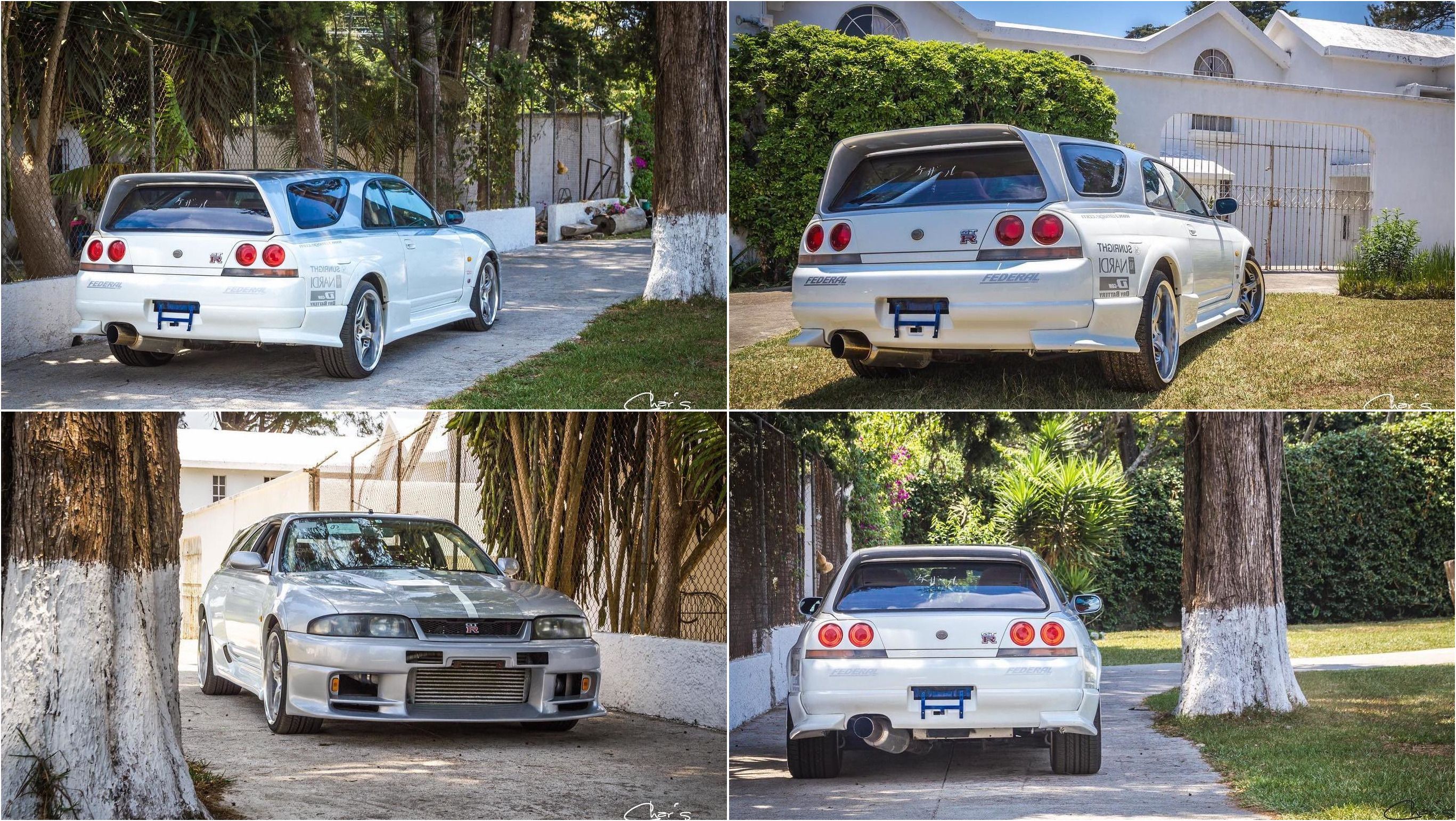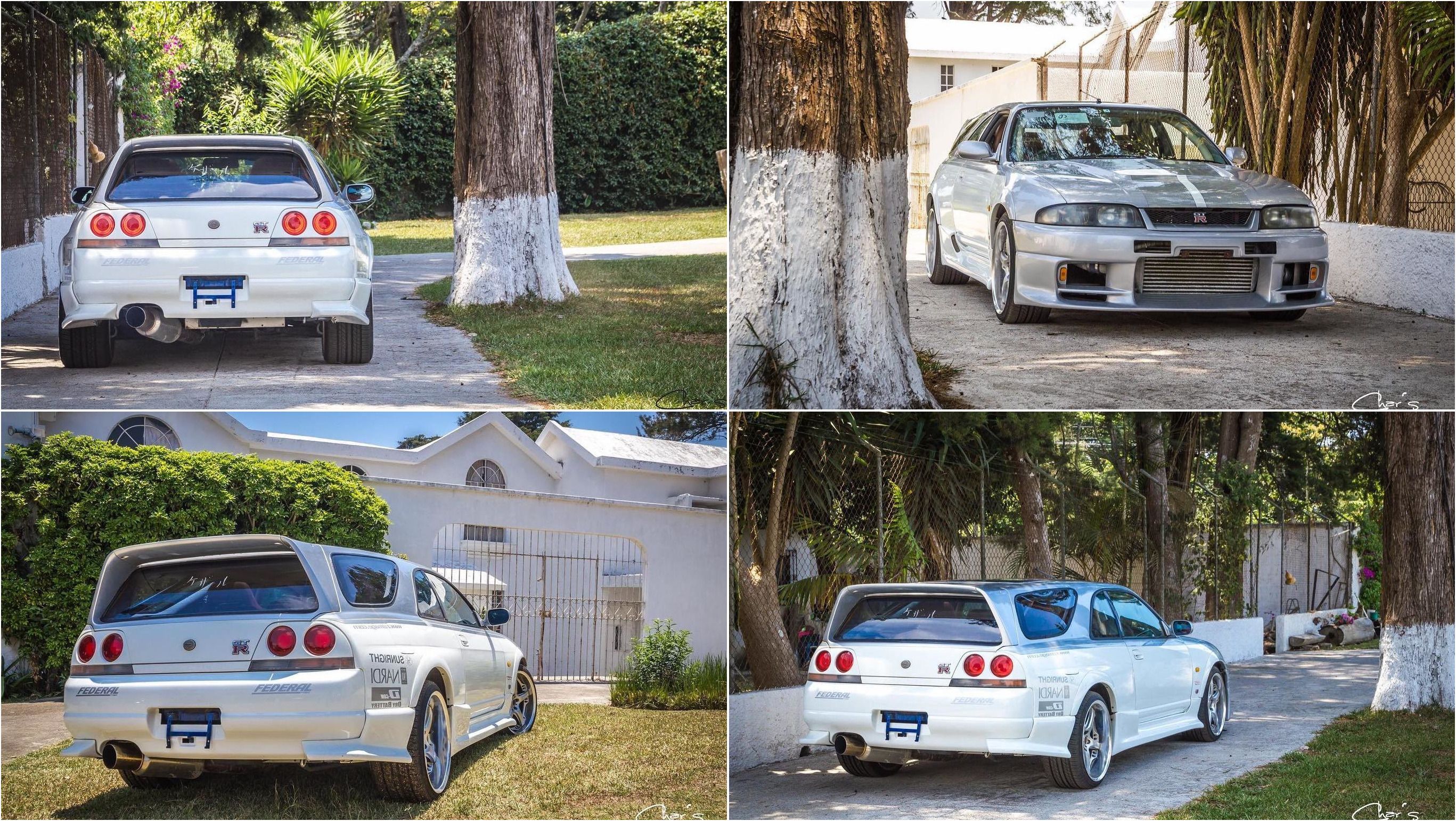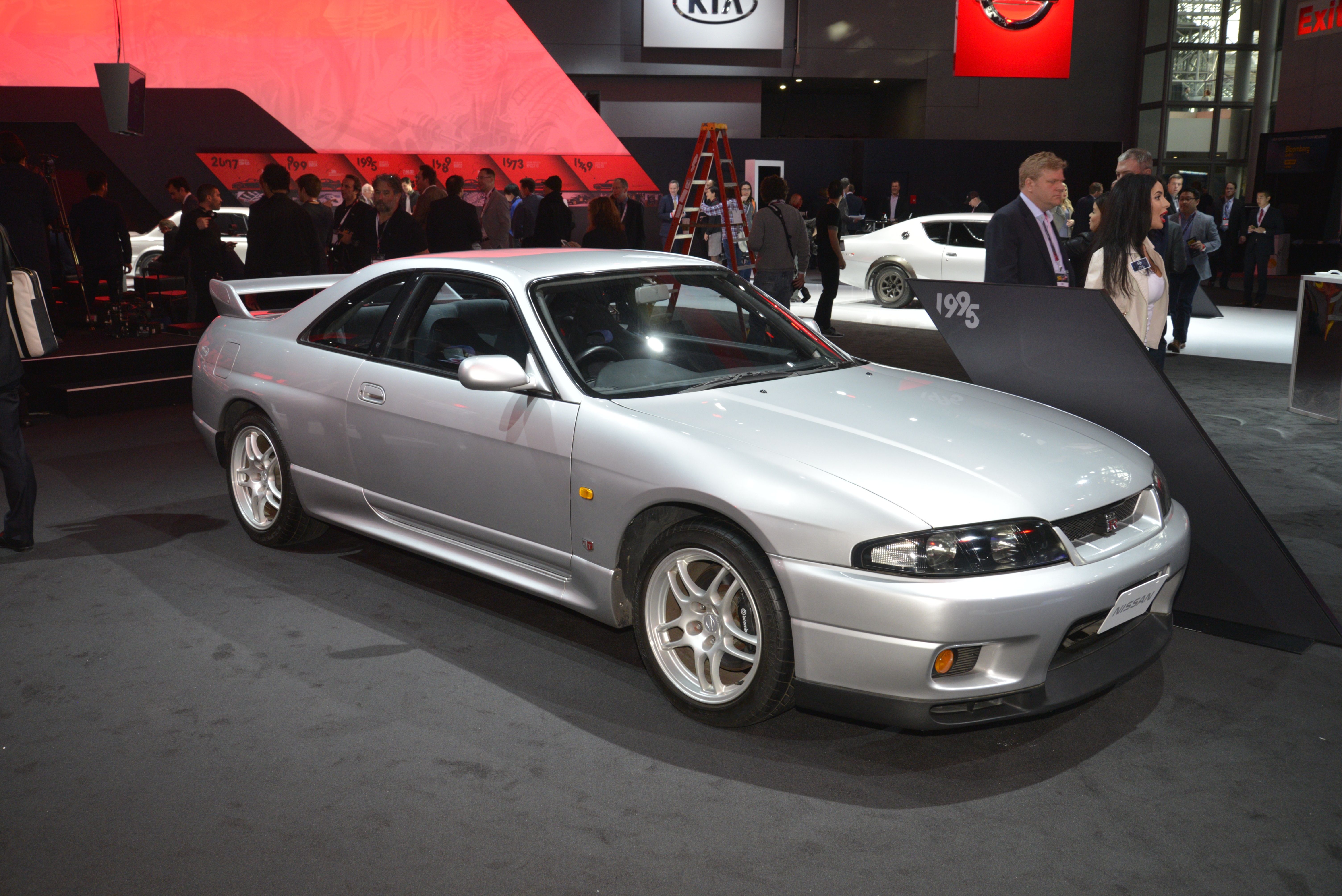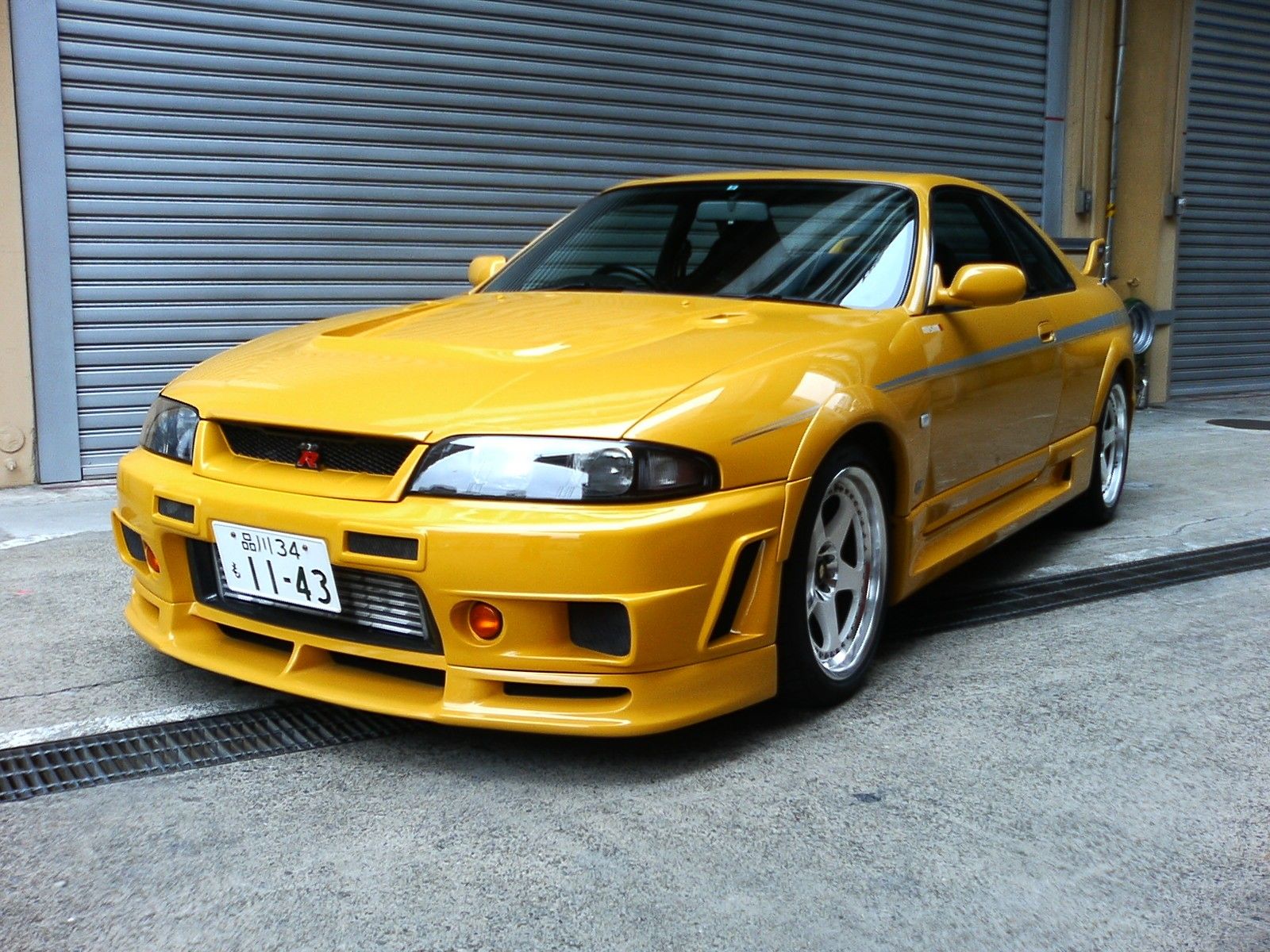The Nissan Skyline GT-R is one of the most iconic cars coming from Japan. Actually, the GT-R has gained a global following since the 1980s, becoming popular in the U.S. as well. Like many imports, the Skyline GT-R was popular with tuners as well, and they usually upgraded the engine to insane amounts of power. Body modifications were common too, but they weren't extreme. However, it seems that at least one owner had the idea to make the fourth-generation Skyline GT-R more practical and turned it into a wagon. And the result is somewhat puzzling.
The fourth-gen Skyline GT-R is quite the attractive coupe. It's sleeker than its predecessor thanks to a more organic design, but it retains the iconic coupe silhouette that made the nameplate famous.
But if you can go past the awkwardness of the design, this conversion makes the GT-R far more practical. The owner didn't just put a box on the deck lid. He removed the rear window and the trunk lid, extended the roof, and thus increased the length and the volume of the trunk.
Sure, the lower part of the trunk lid remained unchanged and this translates into a narrow opening for big items, but you can still put a lot of stuff behind the GT-R's seats. Granted, it's not the kind of car you buy to go grocery shopping with, but it's nice to have the extra space.
While some may view this conversion as sacrilege, I'm a big fan of wagons, and especially performance wagons, so I approve of this modification. I wouldn't mind having one to be honest. And yes, I'd race it to the grocery store and back!
Brief fourth-gen Nissan Skyline GT-R history
The fourth-generation Skyline GT-R, also known as the R33, arrived in 1995 to replace the R32. The latter was the nameplate's biggest hit at the time as the massive wins scored by race-spec models turned the road car into a performance legend.
The R33 was redesigned from the ground up, but the exterior remained familiar as it was heavily based on the R32. The twin-turbo, 2.6-liter inline-six carried over, but it was upgraded to develop 276 horsepower and 289 pound-feet of torque. However, it's speculated that the engine was actually capable of 325 horsepower, but Nissan kept this figure unofficial due to a "gentlemen's agreement" made between Japanese automakers to limit the advertised power of any vehicle to 280 PS (276 horsepower).
In 1997, Nissan introduced a beefed-up model prepared by Nismo. Called the 400R, it featured carbon-fiber elements and a more aggressive body, while the 2.6-liter engine was swapped for a newer, 2.8-liter inline-six. Also a turbocharged unit, it was capable of 400 horsepower and 347 pound-feet of torque. The 400R needed only four seconds to hit 60 mph, on its way toward a top speed of 186 mph. Production of the R33 ended in late 1998, as it was replaced by the R34 in early 1999.




